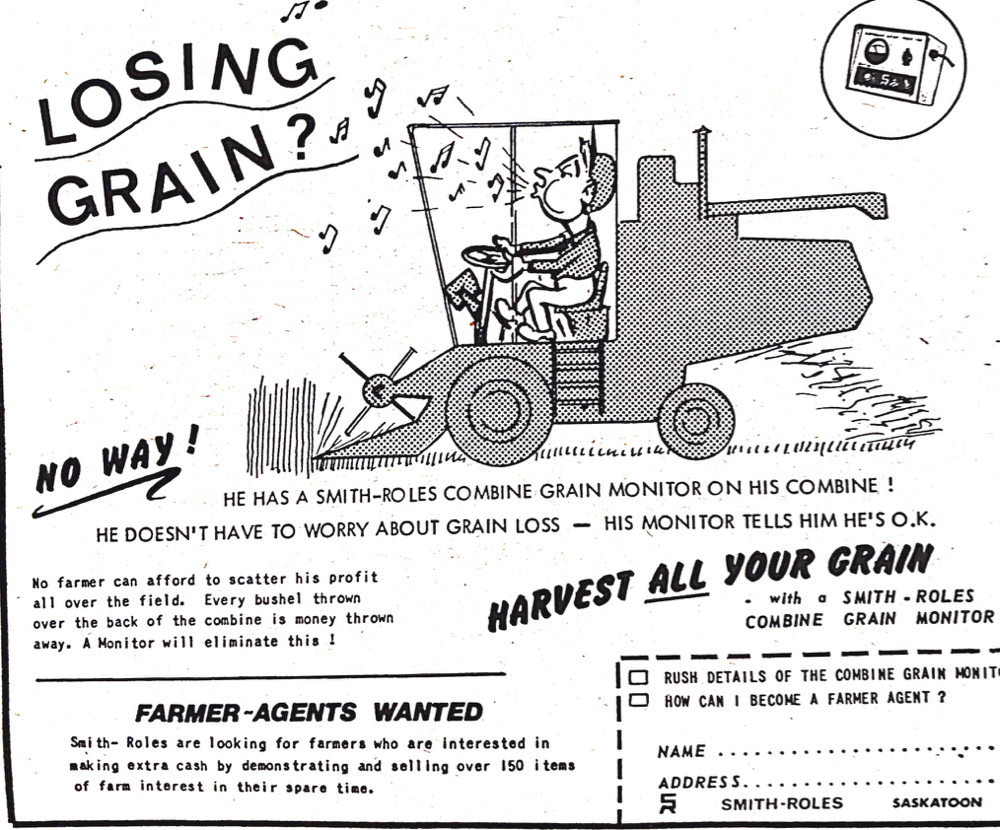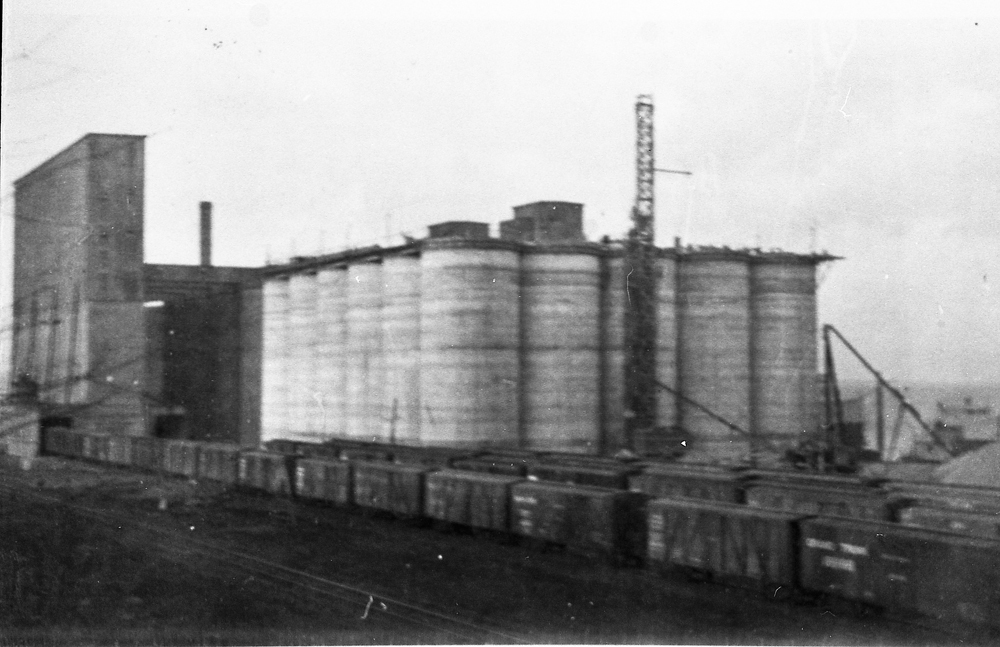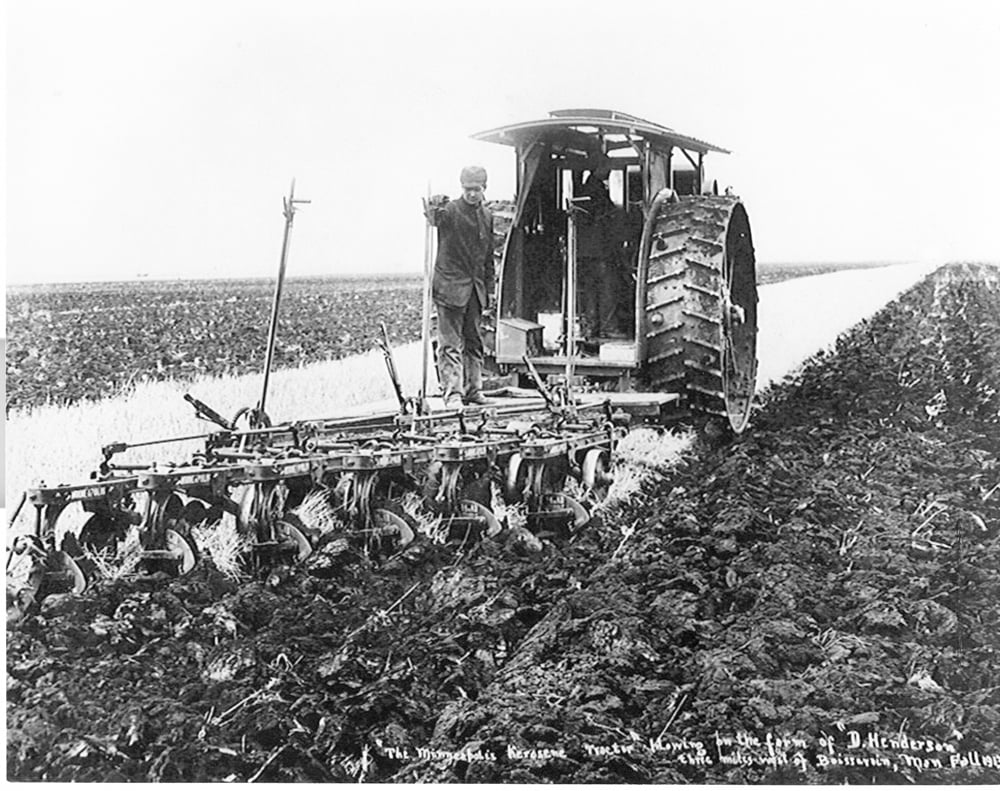The 1916 Brandon tractor demonstrations attracted a lot of conventional tractors along with the three wheelers.
Minneapolis Steel & Machinery Company (MS&MC) brought its Twin City 15-30 tractor. MS&MC started operations by providing structural steel in Minneapolis-St. Paul. Between 1909 and the mid-teens MS&MC supplied tractor engines to Reeves & Company, manufactured the 30-60 Case and the Bull tractors. In 1910 MS&MC worked with McVicker Engineering to develop the first of a line of heavyweight gas tractors called the Twin City line. In 1914, the Twin City Twentieth Century tractor was produced for the Canadian market and sold as the Grain Growers Special.
Read Also

CNH brands introduce new utility tractors
Two CNH brands, Case IH and New Holland, are showing off the updated line of utility tractors they intend to offer farmersthis year.
The Waterloo Company brought its Model R Waterloo Boy to the 1916 event. Waterloo resulted from John Froelich’s early experiments with a gas tractor in 1892. While the tractor was not successful, Froelich, with several other people, set up a company to manufacture tractors in 1893. But as they only sold two out of four tractors built, it was decided to concentrate on stationary engines. The company was renamed Waterloo Gas Engine Company. Its engines became known as Waterloo Boys. By 1911, the company saw that tractors had potential and began work on tractor designs. After several designs, the company came up with the Waterloo Boy Model R with a twin cylinder horizontal engine. This engine used a 180-degree opposed crankshaft throw which resulted in the familiar pop-pop-pause exhaust rhythm John Deere two-cylinder tractors are famous for.
The Hart Parr Company brought its 12-27 Hopmaker tractor to the trials. This tractor was the second attempt by Hart Parr to build a small tractor, the first being the Hart Parr 15-30 which was equipped with an oil-cooled two-cylinder vertical engine. The 15-30 was equipped with a shorter frame and single front wheel, design features meant to decrease the tractor’s turning circle. The design was later rerated to 20-40. Hart, the design expert in the partnership of Hart Parr, designed the Hopmaker in 1913. It was smaller and lighter than previous designs and cheaper. Hart believed the fewer the number of parts, the less the cost. The tractor was equipped with a one-cylinder vertical engine, was oil cooled, used a jump spark ignition but had no magneto. The rear wheels were a one-piece casting — rim, lugs, spokes and centre. There were only 200 built and only one remains today. The appearance of the 12-27 at the 1916 demonstrations is a bit of mystery as the 12-27 was replaced in production in 1915 by the 18-35.
The International Harvester Corporation brought to the demonstration both an 8-16 Mogul and a Titan 10-20 tractor. IHC built these designs in two separate tractor plants. The Mogul line of tractors was built in IHC’s Chicago plant and the Titan line was built in IHC’s Milwaukee plant.
The Mogul 8-16 was IHC’s solution for the demand for a small tractor. It weighed 5,000 pounds and the one-cylinder engine was powerful enough to handle a two-bottom plow in most soils. The tractor was a simple affair with a hopper-cooled engine and one speed forward and one speed in reverse. The arched frame over the front wheels which were closely spaced together resulted in the tractor being able to turn sharply.
The Titan 10-20 tractor was similar in concept, a lightweight, manoeuvrable tractor capable of pulling a two-bottom plow. However, while looking similar, it was different in detail. The Titan used a twin-cylinder kerosene-burning engine equipped with a K-W high-tension magneto, a six-feed mechanical oiler and thermosyphon cooling. The tractor featured a transmission offering two speeds ahead and a one-speed reverse.
Good Shapley & Muir (GS&M) brought an Ideal Junior 15-25 tractor to the demonstrations. GS&M is largely unknown today however, the company is important as it was a very early Canadian manufacturer of tractors. In 1907, the company introduced the “Ideal” tractor line which consisted of two models, the 18-35 and 25-50. GS&M went on to produce the “Ideal Junior” a 15-25 tractor. The Ideal Junior used a hopper-cooled two-cylinder opposed engine designed and manufactured by GS&M.
Looking through the Manitoba Agricultural Museum’s collection of tractors, one can draw some conclusions about the success of the tractors mentioned in this release. The collection holds two Waterloo Boys, a number of IHC Titan 10-20s and Mogul 8-16s but no Twin City 15-30, Hart Parr Hopmaker or a GS&M Ideal Junior.
This lack indicates that not many units were sold in Manitoba which is odd as these tractors were reputed to be decent tractors at the time. Manitoba was a good market for early gas tractors as, from a farm standpoint, Manitoba possessed a number of farms which had been in existence for some time and so had moved beyond the homestead stage.
A lack of sales may be an indication that Twin City and GS&M had a weak distribution system in Western Canada at the time.



















